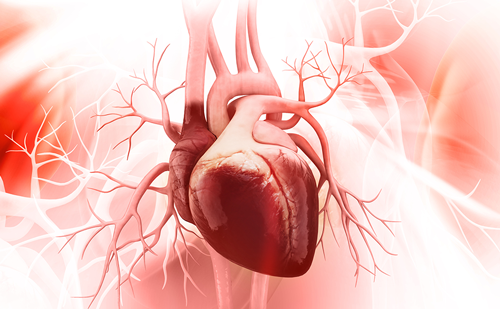Effect of left ventricular hypertrophy on long-term survival of patients with coronary artery disease following percutaneous coronary intervention
Abstract:
Overview
The impact of left ventricular hypertrophy (LVH) on survival among patients with established coronary artery disease (CAD) is not well understood. We sought to evaluate the effect of LVH on the survival of patients with CAD following percutaneous coronary intervention (PCI). Three hospitals in New York City contributed prospectively defined data on 4284 consecutive patients undergoing PCI. Allcause mortality at a mean follow-up of three years was the primary endpoint. LVH was present in 383 patients (8.9%). LVH patients had a greater prevalence of hypertension (88% vs. 68%, p<0.001), vascular disease (21% vs. 6.6%, p=0.001), and prior heart failure (10% vs. 5.5%, p<0.001). LVH patients presented less often with one-vessel disease (38% vs. 50%, p=0.040) and more often with two- (34% vs. 29%, p=0.014) or three-vessel (22% vs. 18%, p=0.044) disease. Ejection fractions and angiographic success were similar in both groups. In-hospital mortality did not differ between groups. At three-year follow-up, the survival rate for patients with LVH was 86% vs. 91% in patients without LVH (log-rank p=0.001). However, after adjustment for differences in baseline characteristics using Cox proportional hazards analysis, LVH was found not to be an independent predictor of mortality (hazard ratio, 0.93; 95% confidence interval, 0.68-1.28; p=0.67). We conclude that LVH at the time of PCI is not independently associated with an increase in the hazard of death at three years.
Keywords
Angioplasty, stent, left ventricular hypertrophy, survival.
Article:
Article Information:
Correspondence
David L. Brown, Division of Cardiovascular Medicine, Stony Brook University Health Sciences Center T 16-080, Stony Brook, NY 11794-8171, USA. E-mail: david.brown@stonybrook. edu
Received
2009-10-17T00:00:00






